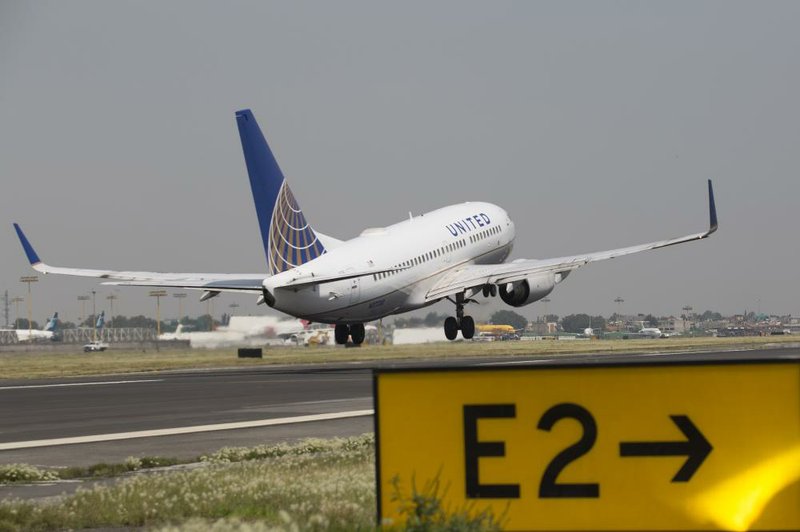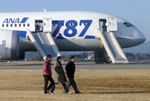Shares of Boeing Co., the world’s largest plane maker, jumped the most in 17 months Wednesday after the company raised its 2013 profit forecast and beat analysts’ third-quarter estimates with an increase in jetliner deliveries.
Full-year profit will be $6.50 to $6.65 a share, up from a range of $6.20 to $6.40, Chicago-based Boeing said in a statement.
Earnings on that basis were $1.80 a share for the three months that ended in September, topping the $1.52 average of 19 estimates compiled by Bloomberg.
Revenue and free cash flow are surging as Boeing speeds the production tempo for single-aisle 737s, wide body 777s and 787 Dreamliners, blunting the effect of a slowdown in military sales. The stock surged $6.54, or 5.3 percent, to close at $129.02.
“We expected very strong results, and that’s what they delivered,” Peter Arment, a New York-based analyst for Sterne Agee & Leach Inc., said in a telephone interview.
Monthly Dreamliner output will increase to 12 in 2016, up from a goal of 10 by the end of 2013, and reach 14 planes by decade’s end, Boeing said. That will help clear a backlog of the 787-8 and -9 versions as Boeing prepares to add the stretched 787-10 Dreamliner by the latter part of the decade - and contribute to cash flow as customers get faster deliveries.
Revenue rose 11 percent to $22.1 billion, exceeding the average $21.6 billion estimate of 19 analysts surveyed by Bloomberg. Commercial sales increased 15 percent to $14 billion, with deliveries up 14 percent to 170 aircraft, while defense grew 3 percent to $8.05 billion.
Since January, Boeing has used a profit measure dubbed core earnings per share that it said gives a clearer picture by adjusting for market fluctuations in pension expense. Without the adjustment, net income rose to $1.16 billion, or $1.51 a share, compared with $1.03 billion, or $1.35 a year earlier.
Boeing generated $2.32 billion in free cash flow during the quarter, almost doubling its year-earlier total. The company held $15.9 billion in cash and marketable securities as of the quarter’s end, an 11 percent increase from its $14.3 billion balance in the previous three-month period.
Wednesday’s share-price gain positioned Boeing to extend a year-to-date rally of 63 percent through Tuesday, almost three times the advance for the Standard & Poor’s 500 Index. The stock is the top performer this year in the Dow Jones industrial average.
The plane-maker raised operating margins at its commercial airplane unit to 11.6 percent, from 9.5 percent a year earlier, even with a 92 percent jump in hand-overs of the Dreamliner, a jet thought to generate “zero or worse margins,” Nick Cunningham, a London-based managing partner with Agency Partners LLP, said in a Monday report.
Sterne Agee’s Arment credited the improved results to long-serving models such as the 777, which made its commercial debut in 1995 and for which development costs were worked off years ago. Boeing handed over 26 of the planes last quarter, a 30 percent increase from 20 a year earlier in 2012.
“When you’re delivering this amount of aircraft from very mature programs such as 737 and 777, you’re having tremendous efficiencies and cost absorption,” said Arment. “That’s allowing them to deliver very strong margins.”
Dreamliner costs should fall as Boeing speeds the assembly pace, which is currently about seven aircraft a month, Cunningham said.
Operating margins for the defense unit declined to 8.4 percent from 10.5 percent a year earlier as military aircraft deliveries fell and Boeing announced in September that it would wind down production of its C-17 military transport aircraft.
Sales at that business are stagnating as the U.S. budget cuts known as sequestration take hold and some of Boeing’s military aircraft reach the end of their life cycles, Cunningham said.
Business, Pages 27 on 10/24/2013


